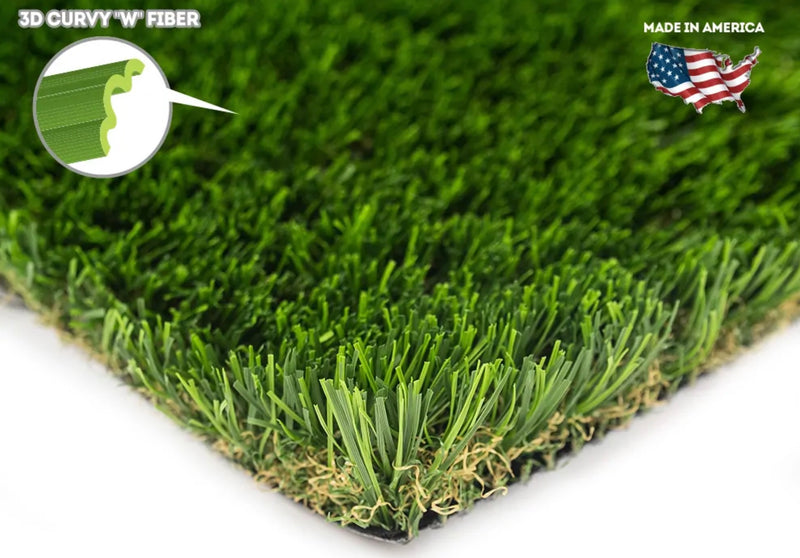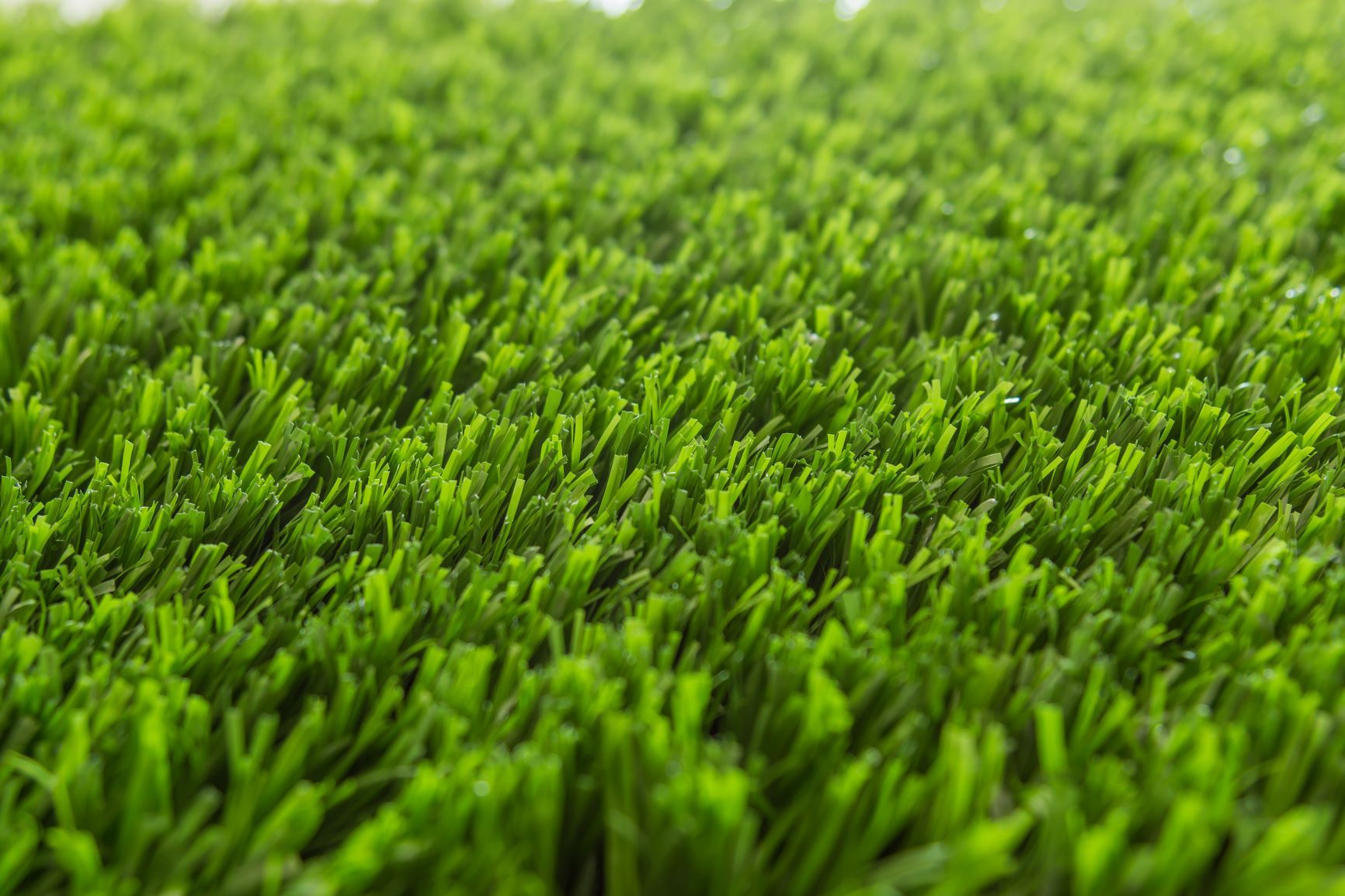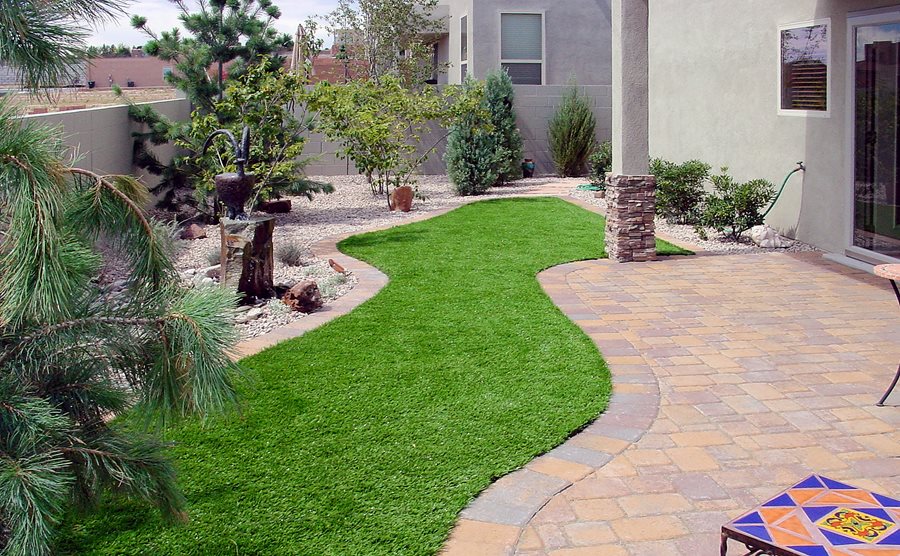Transform Your Outdoor Space with Arizona Artificial Turf for a Evergreen Green Look
Transform Your Outdoor Space with Arizona Artificial Turf for a Evergreen Green Look
Blog Article
See Why Homeowners Prefer Artificial Grass for Sustainable Landscaping Practices
As house owners significantly focus on sustainability in landscape design, artificial turf has become an engaging choice to traditional lawn. Its capability to conserve water, decrease maintenance initiatives, and decrease ecological influence settings it as a useful choice for those looking for environment-friendly remedies. The aesthetic appeal and flexibility of synthetic lawn provide to varied layout preferences. The effects of this shift extend past simple ease and aesthetics, triggering a closer assessment of exactly how these selections affect more comprehensive ecological outcomes. What remains to be checked out is the complete scope of advantages that man-made turf can supply to homeowners and the atmosphere alike.
Water Preservation Benefits
Among one of the most significant benefits of man-made grass is its duty in water preservation. Standard grass lawns require considerable quantities of water to keep their rich look, typically bring about overuse of neighborhood water sources, particularly in arid regions. In comparison, fabricated turf eliminates this need entirely, as it does not call for irrigation. This not just preserves water yet also minimizes the pressure on local water supply, especially during dry spell conditions.
Additionally, the setup of artificial lawn can add to a more sustainable landscape. House owners can considerably decrease their water costs, enabling reallocation of sources to various other ecological campaigns or home usages. Furthermore, fabricated lawn is created to withstand different climatic conditions without the demand for supplemental watering, making it a perfect option for areas dealing with water shortage.
The environmental advantages prolong past immediate water financial savings. By minimizing water usage, synthetic grass helps to reduce the effects of environment modification, maintaining crucial environments that are threatened by extreme water extraction. As sustainable landscaping methods acquire traction, fabricated turf becomes a liable option for property owners seeking to develop environmentally friendly outside spaces.
Decreased Upkeep Initiatives
Synthetic lawn considerably lowers upkeep initiatives compared to conventional turf yards. With synthetic yard, homeowners can eliminate the time-consuming tasks related to natural landscaping, such as mowing, fertilizing, and weeding. This not only saves beneficial time however also lowers physical labor, making yard treatment obtainable for individuals of any ages.
One of one of the most noteworthy benefits is the absence of regular mowing. Traditional lawns call for regular trimming to maintain a cosmetically pleasing height, whereas artificial turf remains regularly rich without the demand for cutting. Furthermore, house owners no much longer need to use pesticides or fertilizers, which are typically called for to keep natural turf healthy. This shift not just lightens the workload but also advertises a neater, much more uniform look year-round.
Furthermore, synthetic grass is resilient and resilient, calling for marginal maintenance past occasional brushing and washing to eliminate debris. This simplicity of maintenance permits house owners to enjoy their outdoor spaces without the consistent concern of upkeep, giving even more time for recreation and family tasks. Eventually, the minimized maintenance efforts related to synthetic grass make it an enticing choice for those seeking a low-maintenance, visually appealing landscape.

Environmental Impact Reduction
There is a growing acknowledgment of the environmental benefits linked with synthetic grass, particularly in terms of water preservation and decreased chemical usage. Standard grass call for considerable amounts of water, particularly in drought-prone areas, bring about increased strain on regional water resources. In comparison, synthetic grass gets rid of the need for irrigation, drastically decreasing water intake and advertising sustainability.
In addition, conventional grass upkeep commonly entails the application of fertilizers, herbicides, and pesticides, which can add to dirt and water pollution. Artificial grass minimizes this ecological danger by calling for minimal maintenance and practically removing the demand for hazardous chemicals. This not only enhances soil health and wellness yet also safeguards regional ecological communities from hazardous runoff.
Furthermore, the production of all-natural yard lawns usually involves making use of fossil fuels for trimming and landscape design devices, further contributing to greenhouse gas exhausts. By selecting synthetic grass, property owners can substantially decrease their carbon impact connected with lawn treatment activities.
Visual Charm and Adaptability
Along with its environmental benefits, synthetic grass offers substantial visual appeal and flexibility for landscaping. House owners can accomplish a rich, eco-friendly appearance year-round, getting rid of the seasonal variations frequently linked with natural yard. This consistent visual not only improves the aesthetic charm of a building yet additionally adds to a properly maintained and refined look.
Moreover, synthetic grass is available in a range of designs, shades, and structures, enabling modification to fit individual preferences and design themes - Turf installation phoenix az. Whether made use of in household yards, business rooms, or recreational locations, it can flawlessly integrate right into varied landscape design designs, from modern minimal to lavish tropical settings
The convenience of fabricated turf extends beyond simple look; it can be installed in different places, consisting of rooftops, outdoor patios, and even indoor areas, producing possibilities for special landscaping solutions. In addition, it appropriates for a variety of activities, from kids's backyard to pet-friendly atmospheres, supplying performance without endangering style.
Eventually, the visual appeal and adaptability of synthetic grass make it here an appealing alternative for home owners seeking lasting landscaping options that do not compromise appeal for ecological responsibility.

Long-Term Cost Savings
One of the most engaging benefits of artificial lawn is its possibility for long-term cost savings. Unlike all-natural yard, which requires routine upkeep-- consisting of mowing, watering, fertilizing, and pest control-- man-made grass significantly decreases these recurring expenditures.
Furthermore, fabricated lawn has a life expectancy of 15 to 25 years, depending on its high quality check my reference and use. This durability decreases substitute prices, making it a more economical selection over time. The first investment in fabricated grass can often be recovered via the financial savings accumulated over time.
While the upfront expense might seem greater compared to sod installment, the cumulative cost savings from reduced maintenance and water usage commonly outweigh these preliminary expenses. Ultimately, the adoption of fabricated turf not just advertises a sustainable landscaping remedy but also provides house owners a monetarily wise option that lines up with lasting budgeting goals.
Conclusion
Man-made lawn becomes an engaging alternative for sustainable landscaping, using substantial benefits in water preservation, reduced maintenance efforts, and reduced ecological influence. Its visual charm and adaptability boost the aesthetic landscape while aligning with modern sustainability goals. Additionally, long-lasting expense financial savings add to its appearance for home owners. As communities increasingly focus on eco-friendly techniques, the fostering of fabricated lawn represents a modern action toward achieving lasting and durable landscapes.
In addition, man-made turf is designed to withstand different climatic conditions without the need for supplementary watering, making it a suitable option for regions encountering water deficiency. (Artificial turf companies phoenix)

Man-made turf arises as an engaging choice for sustainable landscape design, using considerable advantages in water conservation, reduced upkeep initiatives, and decreased environmental influence.
Report this page